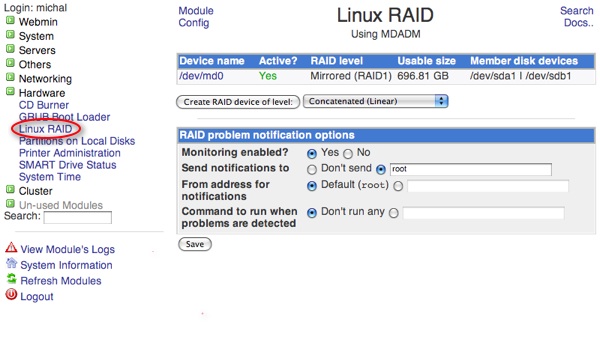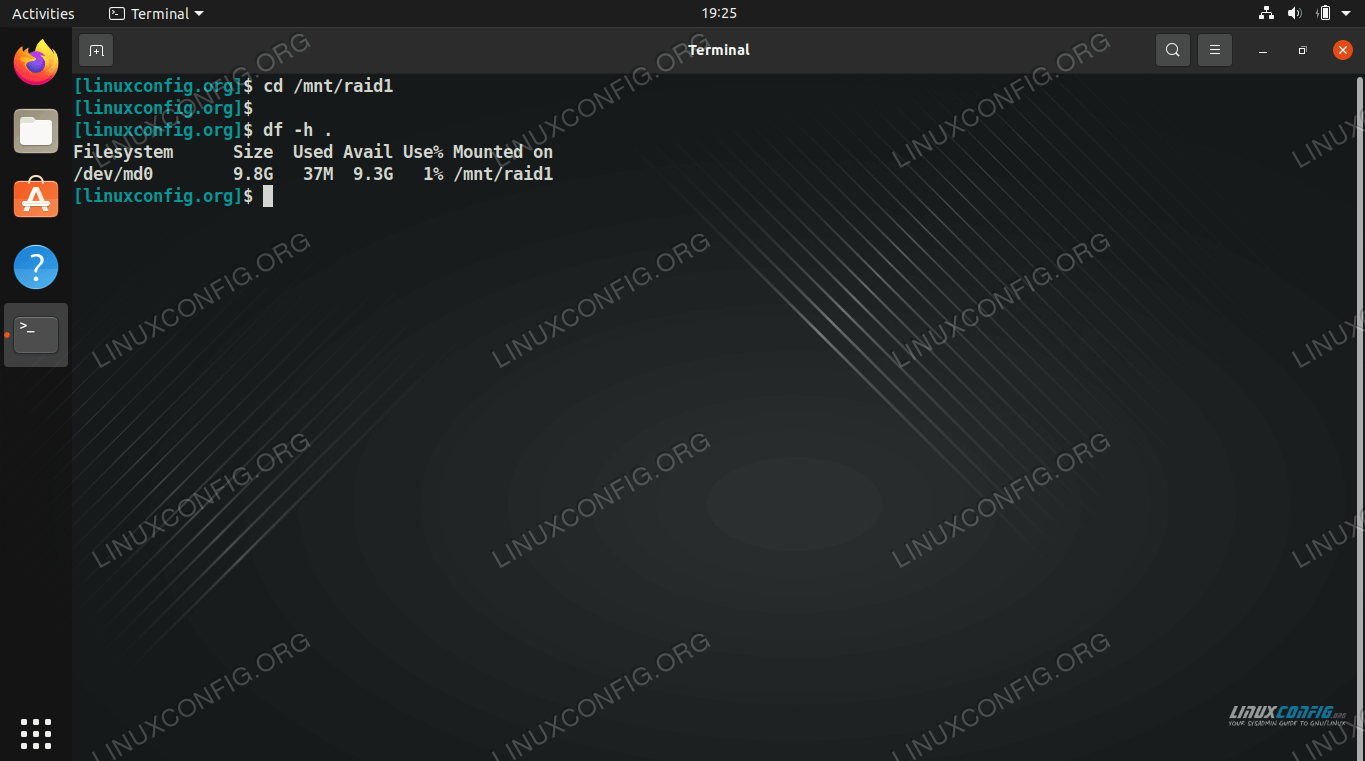

Since we will not use our RAID-1 for the root filesystem, we will leave the answer blank: What we need to enter on the next screen will depend on this decision.
#Softraid linux install#
On Debian, the installation will start with the following explanatory message to help us decide whether or not we are going to install the root filesystem on a RAID array.

On Ubuntu, you will be asked to configure postfix MTA for sending out email notifications (as part of RAID monitoring). On Debian and its derivatives, mdadm can be installed with aptitude or apt-get: # aptitude install mdadm Fedora, CentOS or RHEL:Īs mdadm comes pre-installed, all you have to do is to start RAID monitoring service, and configure it to auto-start upon boot: # systemctl start mdmonitorįor CentOS/RHEL 6 or earlier, use these commands instead: # service mdmonitor start On Debian-based distros, mdadm can be installed with aptitude or apt-get. On Linux distros such as Fedora, CentOS, RHEL or Arch Linux, mdadm is available by default.
#Softraid linux software#
The tool that we are going to use to create, assemble, manage, and monitor our software RAID-1 is called mdadm (short for multiple disks admin). Since the actual storage capacity (size) of a RAID-1 array is the size of the smallest drive, normally (if not always) you will find two identical physical drives in RAID-1 setup. However, it does not replace the need to save periodic system backups in external storage. In the event of any single drive failure, the virtual RAID block device should continue functioning without issues, and allow us to replace the faulty drive without significant production downtime and, more importantly, with no data loss. In fact, that's why most RAID levels normally use multiple physical drives to provide redundancy. While it is possible to implement RAID-1 with partitions on a single physical hard drive (as with other RAID levels), it won't be of much use if that single hard drive fails. In this post, we'll discuss the software setup of a RAID-1 array (also known as a mirroring array), where identical data is written to the two devices that form the array. On modern Linux, basic software RAID functionality is available by default. RAID can be implemented either in software or with a hardware RAID card. Depending on how data is stored in an array of disks (e.g., with striping, mirroring, parity, or any combination thereof), different RAID levels are defined (e.g., RAID-0, RAID-1, RAID-5, etc). Redundant Array of Independent Disks (RAID) is a storage technology that combines multiple hard disks into a single logical unit to provide fault-tolerance and/or improve disk I/O performance.
#Softraid linux how to#
How to create a software RAID-1 array with mdadm on Linux


 0 kommentar(er)
0 kommentar(er)
